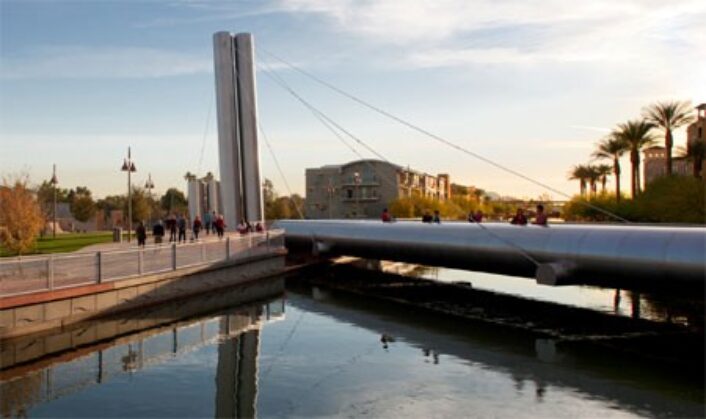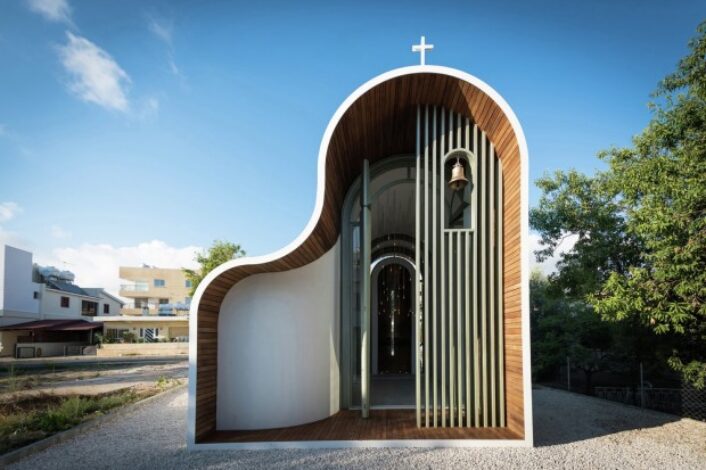Architecture
Architectural beauty in Sedona
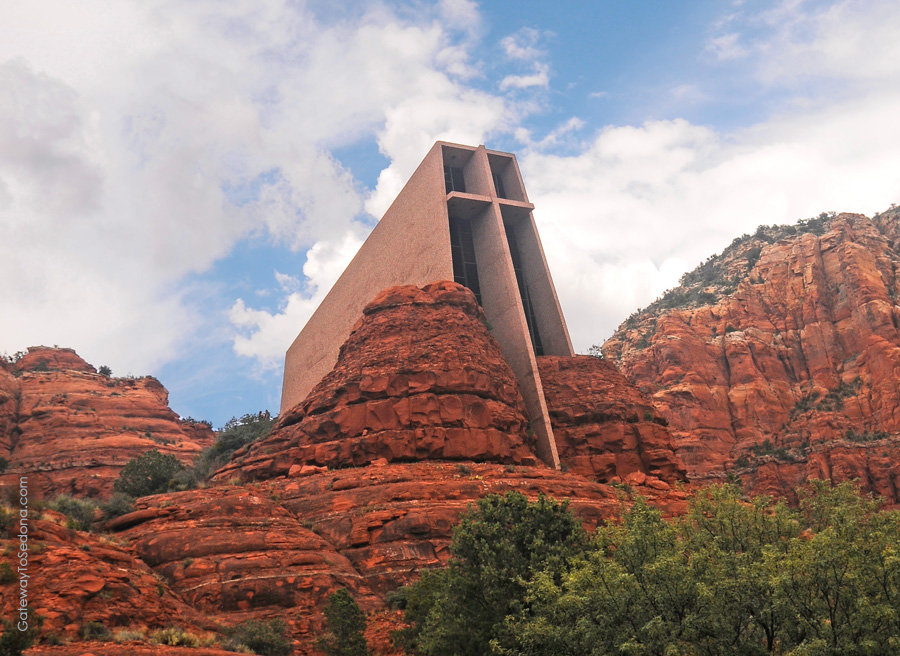
Image courtesy of: Gateway to Sedona
There’s a lot of beauty in Sedona and it’s a place where you feel instantly and entirely connected to the nature surrounding you. Chapel of the Holy Cross remains one of Sedona’s most spiritual places. For more than half a century, this Roman Catholic chapel has amazed tourists with it’s simple intimacy.
The chapel’s most prominent feature is a cross which appears wedged into the rocks. If you stare directly at the chapel, it seems as though the rocks parted to allow space for the citadel. The color of the chapel is perfectly complimentary to the surrounding red rocks… it blends in seamlessly.
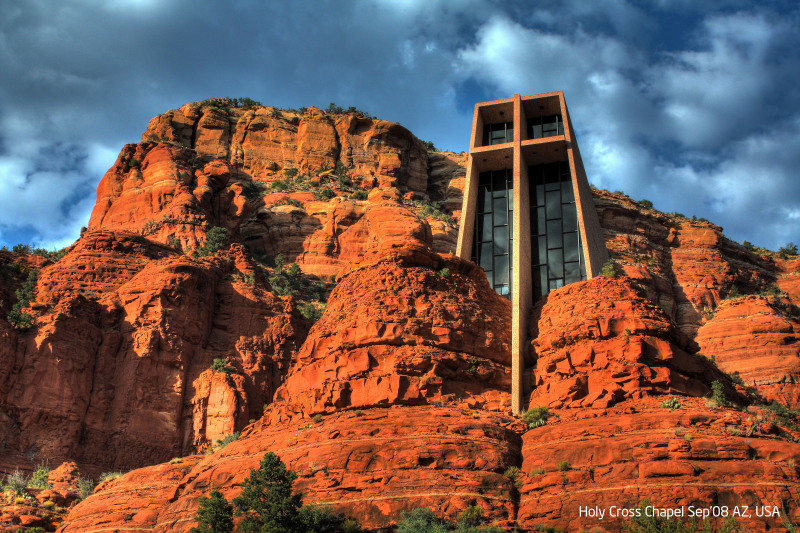
Marguerite Brunswig Staude is quoted as saying, “That the church may come to life in the souls of men and be a living reality–herein lies the whole message of this chapel.” Image courtesy of: Memim
The Chapel of the Holy Cross was a present from Marguerite Brunswig Staude, a local rancher, sculptress, and devout Catholic. In 1932, Staude was tremendously inspired by the newly completed Empire State Building in NYC. Staude was intrigued by the cross that was superimposed on the building… never before had she seen a cross on such a contemporary structure. This former student of Frank Lloyd Wright’s initially tried to construct this design in Budapest; but the outbreak of World War II aborted her plan.
When building in eastern Europe didn’t work, she decided to build this contemporary design in her native land of Arizona. It seemed a suiting way to honor Staude’s mother’s last wish: to leave behind a living spiritual trust. There were, however, some stipulations that Staude put forth!

Staude donated the chapel to the Roman Catholic Church but requested that no services be held there. She desired the chapel to be a place for spirituality and for people to be able to find God through the beauty of art. Image courtesy of: Arizona Women Women’s Heritage Trail
As a student of Frank Lloyd Wright, Marguerite Brunswig Staude designed the chapel in accordance to some of her teacher’s “protocols”. The chapel was built in 1956 and rises 200 feet from the ground. The most distinctive feature is a 90-foot cross which can be seen from miles away.
The humongous stained glass window turns the chapel’s interior sanctuary into a rainbow of colors when the sun shines. It was a San Francisco architectural firm which decided it’d be best to design the chapel with reinforced concrete monolith walls measuring 12 inches thick. The walls inside were sandblasted to reveal the red stone. In 1957, the American Institute of Architects gave the Chapel of the Holy Cross an Award of Honor.
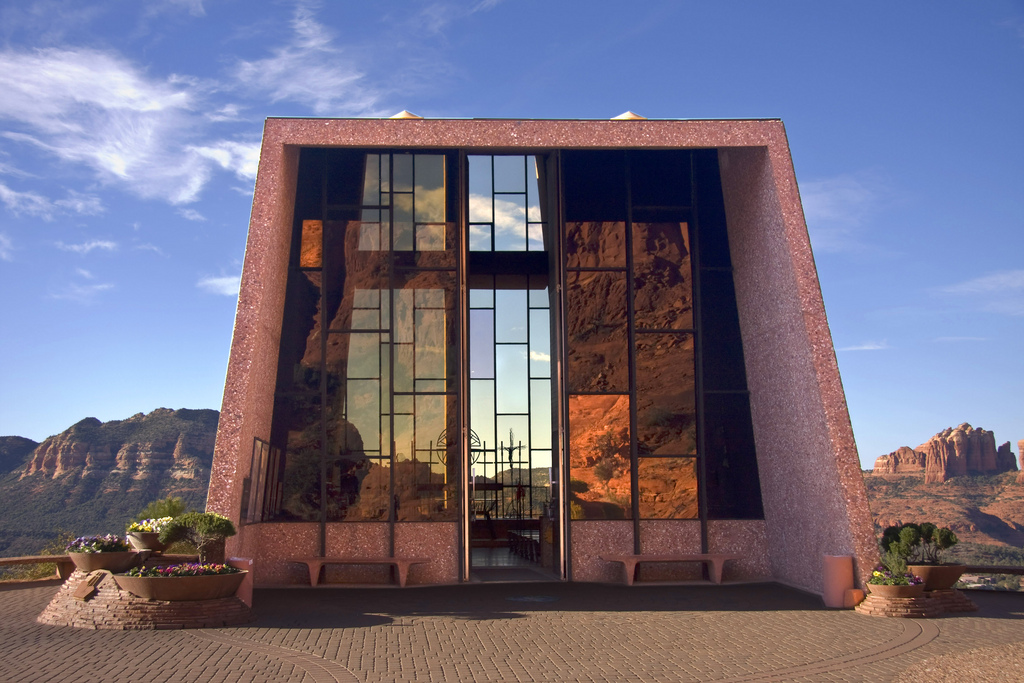
Image courtesy of: Flickr, photographed by: Doris “Dj” Boyd
We love this quote by the sculptor, “Though Catholic in faith, as a work of art the Chapel has a universal appeal. Its doors will ever be open to one and all, regardless of creed, that God may come to life in the souls of all men and be a living reality.”
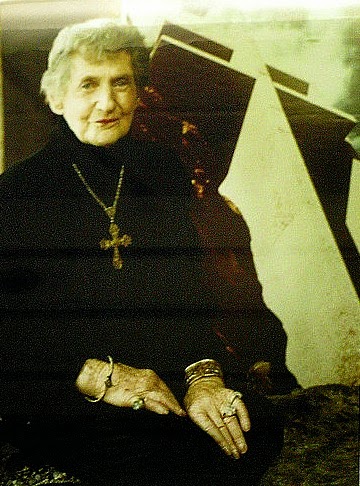
Marguerite Brunswig Staude. Image courtesy of: Art Now and Then
In 1950, Staude took her first airplane ride over Sedona trying to find the perfect location for her chapel. Two “signs” pointed to it being the right place… one was a red rock spire that appeared to be shaped like a Madonna holding a child, and the second sign was that she found a symbol carved into a rock on the area that had meaning as a symbol that her father, as a pharmacist, would have surely recognized.
There were so many hoops to jump through in order to get this church built. The land was Arizona land and the Arizona Legislature had to approve the land for its intended use. Once that was approved, the Bishop of Santa Fe needed to approve the building of the church. The Bishop initially tried to get the funds donated to Arizona’s Native Americans, but Staude refused and the Bishop gave his approval.
Luckily, Staude was a persuasive woman!

